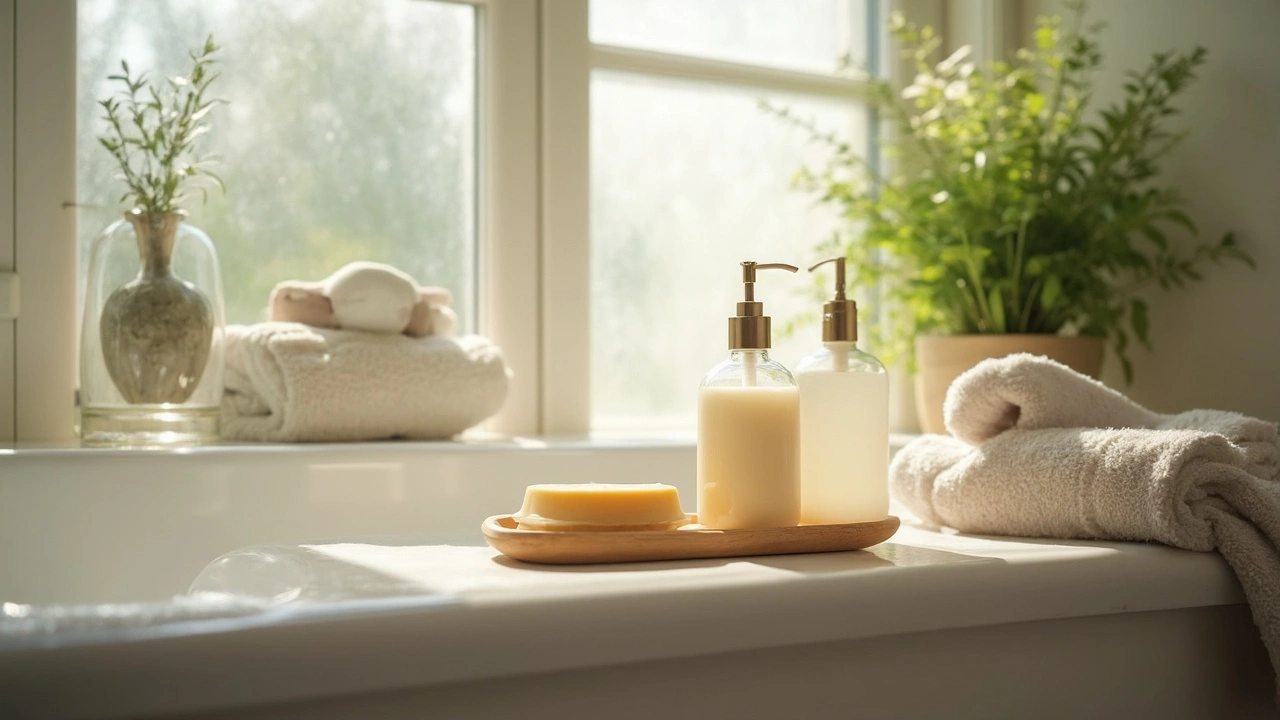Most Hygienic Cleaning Tips for a Spotless Home
When you think about a clean house, you probably picture shiny floors and dust‑free shelves. But true hygiene goes deeper – it’s about killing germs, removing hidden stains, and keeping the air fresh. Below are practical steps you can start today to make every room the most hygienic it can be.
Everyday Habits for a Germ‑Free Home
Start with the high‑traffic areas: kitchen counters, bathroom sinks, and doorknobs. A quick spray of a diluted vinegar solution (one part vinegar to three parts water) wipes away bacteria without harsh chemicals. For stainless steel appliances, a soft microfiber cloth does the trick – it leaves no streaks and traps dust.
Don’t forget the soft spots that hide germs. Light switches and remote controls are touched dozens of times a day. Keep a disinfectant wipe handy and give them a quick swipe each evening. It only takes a few seconds but cuts down on spread.
Floor cleaning can be both fast and thorough. A dry mop or vacuum removes loose dirt, then follow with a damp mop using a few drops of mild dish soap – even Dawn works well on tiles and linoleum. The soap lifts grime without leaving a residue that attracts more dirt.
Deep‑Clean Strategies That Really Work
When you’re ready for a deeper clean, tackle the surfaces that collect the toughest buildup. Windows, for example, look great with a streak‑free finish if you use a 1:1 mix of water and rubbing alcohol plus a micro‑fiber cloth. The alcohol evaporates quickly, so you won’t see any streaks.
Oven grime is another beast. Sprinkle baking soda over the interior, add a splash of water, and let it sit for 20 minutes. The paste loosens baked‑on grease, and a gentle scrub with a non‑abrasive sponge clears it away. No harsh chemicals needed.
Upholstery and sofas can harbor odors and stains. A quick spot test with a mixture of warm water, a few drops of dish soap, and a touch of white vinegar works on most fabrics. Dab, don’t rub, to avoid spreading the stain.
For bathrooms, a weekly soak of the toilet bowl with vinegar and baking soda reduces mineral buildup and kills germs. Wipe the inside of the tank with the same solution to keep the whole system cleaner.
Finally, air quality matters. Open windows for at least 10 minutes each day to flush out stale air. If that’s not possible, run a fan with a HEPA filter for a short burst. Fresh air helps keep surfaces from becoming a breeding ground for mold.
Putting these habits together creates a routine that feels easy, not overwhelming. Start with the quick daily wipes, then schedule a deeper clean once a month. Your home will look sparkling, smell fresh, and stay the most hygienic place for you and your family.

Most Hygienic Thing to Wash With: The Eco-Friendly Lowdown
People want to clean up without trashing the planet or their skin. This article digs into what the most hygienic thing to wash with really is, sorting through hype, science, and sustainable picks. Expect practical advice on natural and planet-friendly options that kill germs but don’t cost the earth. We’ll bust myths, share clever hacks, and help you find the washing routine that actually does the job—and feels good, too.
Read More